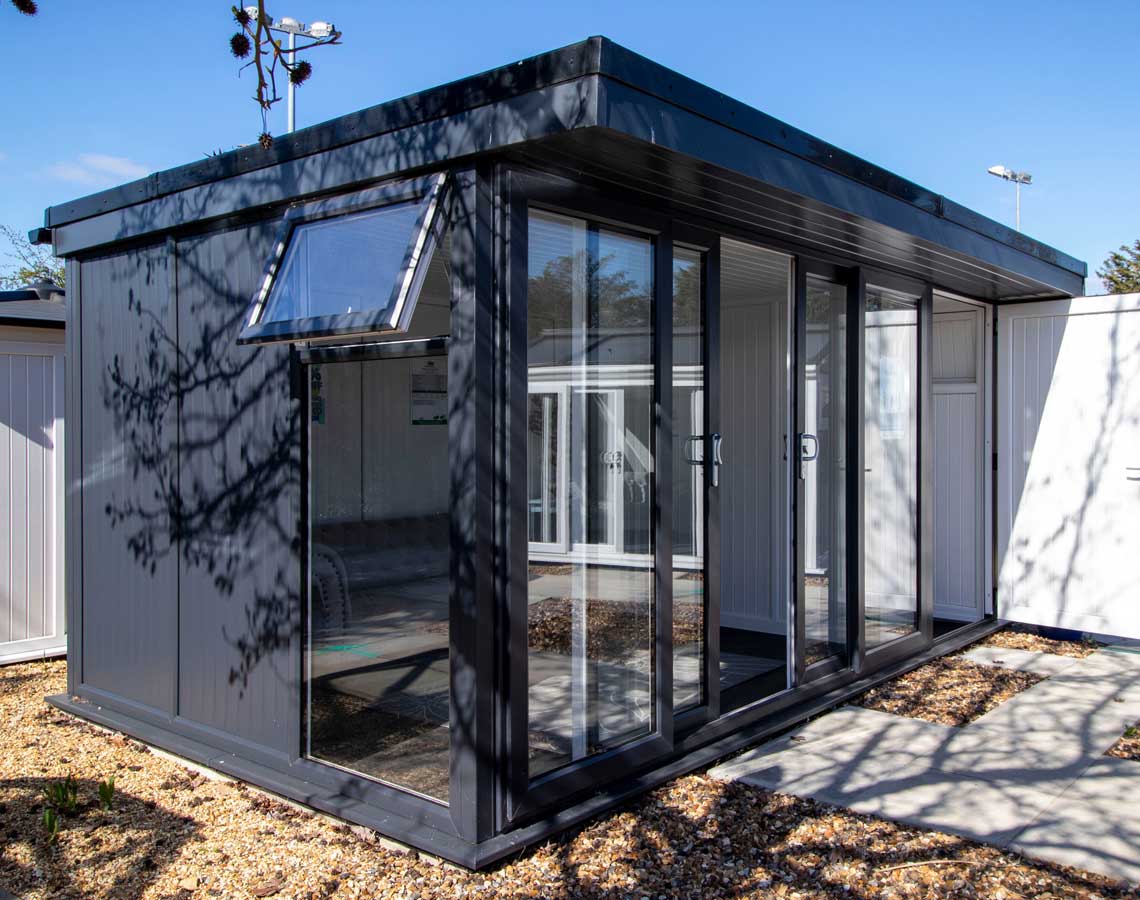Composite Cladding
Composite cladding is a type of building material that is used to enhance the aesthetic appeal and functionality of a structure's exterior walls. It is a popular choice among architects, builders, and homeowners due to its durability, versatility, and low maintenance requirements. Composite cladding consists of multiple layers of different materials that are combined to create a single, high-performance panel.
The outermost layer of composite cladding is typically made of a durable and weather-resistant material such as fibre cement, metal, or engineered wood. This layer protects the underlying layers from the elements, preventing moisture infiltration, UV damage, and other environmental factors that can degrade the cladding over time.
Beneath the outer layer, composite cladding usually contains a core material, which is responsible for providing structural strength and stability. The core can be made from various materials, including timber, plastic, or mineral-based compounds. The choice of core material depends on factors such as the desired level of insulation, fire resistance, and overall performance required for the specific application.
One of the main advantages of composite cladding is its ability to mimic the appearance of natural materials, such as wood or stone, without the associated drawbacks. Composite cladding offers a wide range of colours, textures, and finishes, allowing architects and designers to achieve their desired aesthetic while benefiting from the superior durability and longevity of the composite materials.
In addition to its aesthetic appeal, composite cladding also provides excellent thermal insulation properties. The combination of different materials in the cladding panel helps to reduce heat transfer, making it an energy-efficient choice for buildings. This can contribute to lower heating and cooling costs, as well as improved comfort for occupants.
Another significant advantage of composite cladding is its resistance to fire. Many composite cladding panels are manufactured to meet stringent fire safety regulations and can provide enhanced protection against the spread of flames. This is particularly important in commercial and residential buildings where fire safety is a critical concern.
Furthermore, composite cladding is relatively easy to install and maintain. It is lightweight compared to traditional materials, making it easier and more cost-effective to transport and handle during the construction process. Additionally, composite cladding requires minimal upkeep, as it is resistant to rot, insect infestation, and decay, unlike natural materials that may require regular painting, sealing, or replacement.
Composite cladding is a versatile and high-performance building material that offers numerous benefits. Its combination of durability, aesthetics, thermal insulation, and fire resistance makes it an attractive choice for both commercial and residential applications. Whether used in new construction or for renovating existing structures, composite cladding provides an effective solution for enhancing the appearance and functionality of exterior walls while minimizing maintenance requirements.
